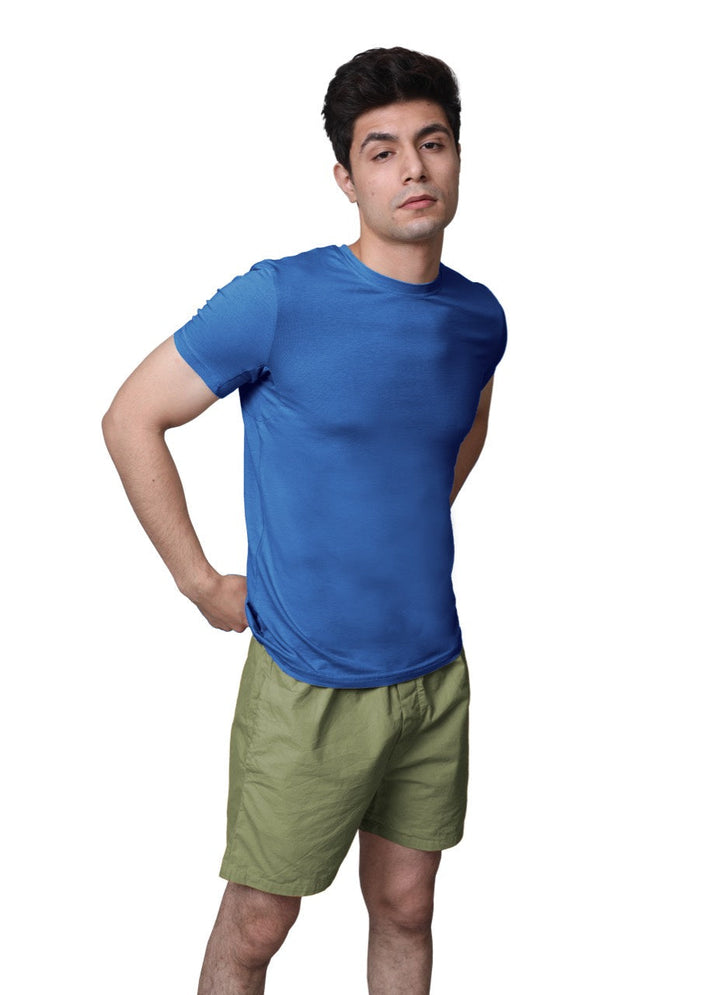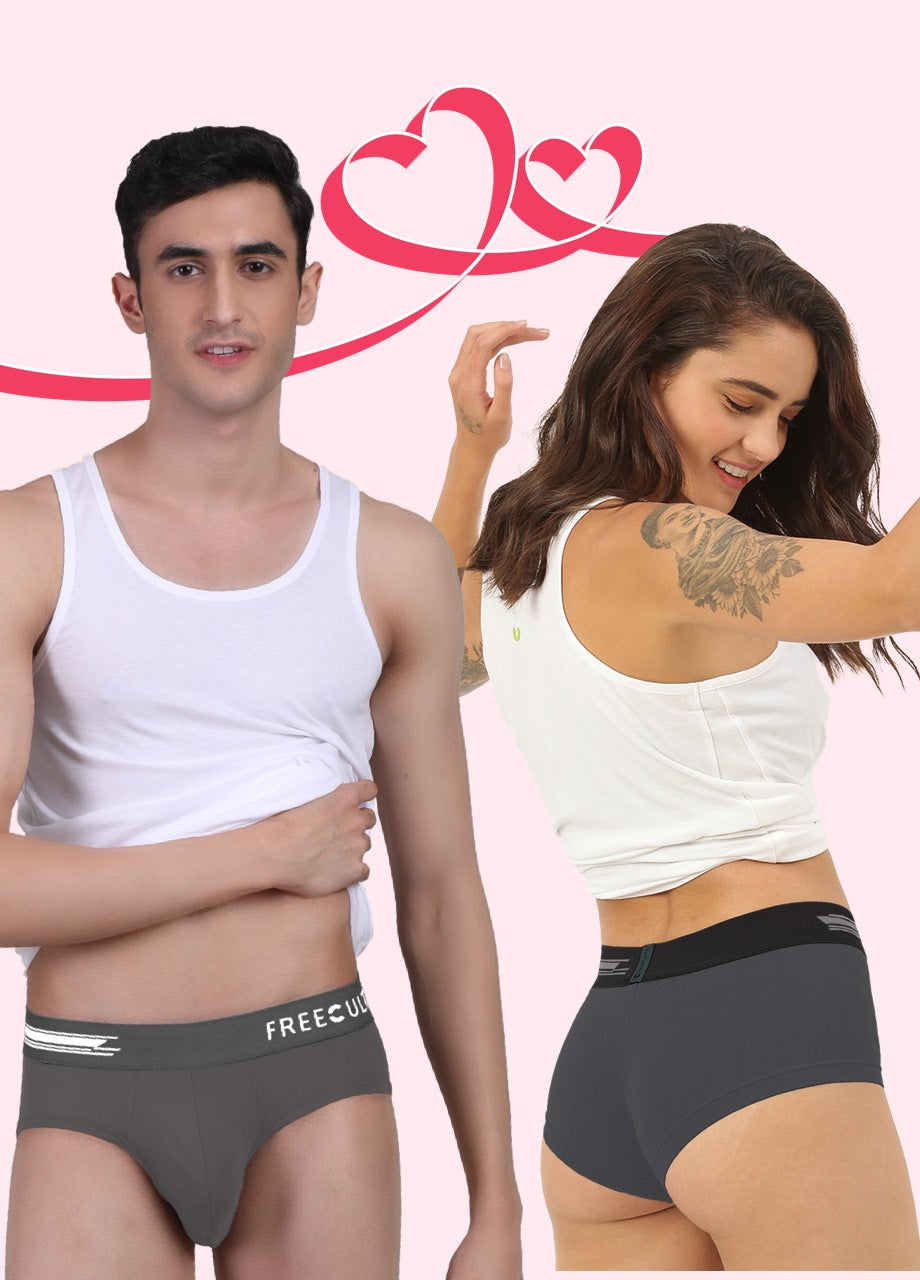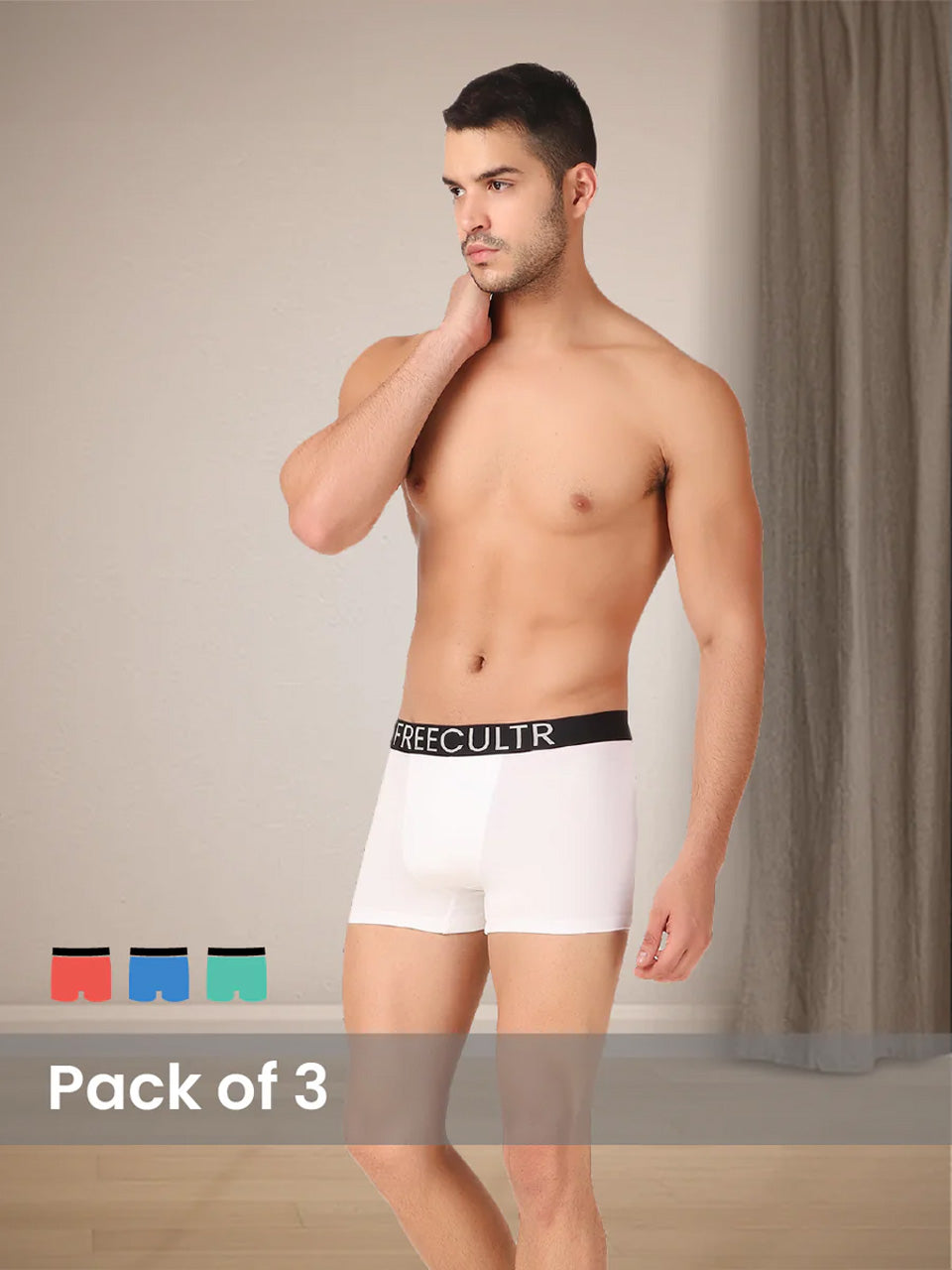Indian summers demand fabrics that breathe, wick moisture. Offer unparalleled comfort. While Jockey has long been a staple in the Indian innerwear market, recent trends highlight a growing demand for sustainable and performance-oriented alternatives. Freecultr emerges as a strong contender, leveraging innovative materials like bamboo and micromodal, known for their superior breathability and moisture-wicking properties compared to traditional cotton used by Jockey. Our analysis will delve into key criteria such as fabric composition, construction techniques. Design elements to evaluate how Freecultr's offerings are uniquely positioned to combat the heat and humidity, ultimately providing a more comfortable experience for the Indian consumer.

Understanding the Indian Summer Challenge
The Indian summer presents a unique set of challenges when it comes to clothing. Temperatures can soar, humidity levels spike. Intense sunlight beats down relentlessly. These conditions demand fabrics that are breathable, moisture-wicking. Offer some degree of sun protection. The primary goal is to stay cool, dry. Comfortable, minimizing the risk of heatstroke, skin irritation. General discomfort. Therefore, the choice of innerwear becomes crucial, as it's the layer closest to your skin.
Key Fabric Technologies: A Comparison
To comprehend why one brand might be better suited for Indian summers than another, it's essential to interpret the fabrics they utilize. Here's a breakdown of common materials used in innerwear and their suitability for hot weather:
- Cotton: A natural fiber known for its breathability and absorbency. But, cotton tends to retain moisture, which can lead to discomfort in humid conditions.
- Polyester: A synthetic fiber that is durable and wrinkle-resistant. It's not very breathable and can trap heat, making it less ideal for hot weather.
- Nylon: Another synthetic fiber known for its strength and elasticity. Similar to polyester, it lacks breathability and can be uncomfortable in hot, humid climates.
- Modal: A semi-synthetic fiber made from beech tree pulp. Modal is incredibly soft, breathable. Moisture-wicking, making it a good choice for summer wear.
- MicroModal: A finer version of Modal, offering even greater softness and breathability.
- Tencel (Lyocell): A sustainable fiber made from wood pulp. Tencel is exceptionally breathable, moisture-wicking. Gentle on the skin, making it an excellent option for hot weather.
- Bamboo: A natural fiber known for its antibacterial properties, breathability. Moisture-wicking capabilities. It's a sustainable and comfortable choice for summer.
Freecultr's Fabric Focus: Breathability and Comfort First
Freecultr often emphasizes the use of fabrics like MicroModal, Tencel. Bamboo in their innerwear and loungewear collections. These materials are specifically chosen for their superior breathability and moisture-wicking properties. MicroModal, for instance, is known for its exceptional softness and ability to keep the skin dry, even in humid conditions. Tencel offers similar benefits, along with added sustainability. Bamboo fabric provides natural antibacterial properties, which can help prevent odor build-up during hot and sweaty days. This focus on advanced fabrics directly addresses the challenges posed by the Indian summer.
Jockey's Fabric Choices: A Broader Range
Jockey, a well-established brand, typically utilizes a wider range of fabrics, including cotton, cotton blends. Synthetic materials like polyester and nylon. While they offer some products with moisture-wicking properties, their core offerings often rely heavily on cotton. While cotton is comfortable in moderate climates, its tendency to retain moisture can become a disadvantage in the intense heat and humidity of the Indian summer. The inclusion of synthetic fabrics in some Jockey products can further exacerbate the issue of breathability.
Comparing Breathability and Moisture Management
The key difference lies in the breathability and moisture management capabilities of the fabrics. Freecultr's emphasis on MicroModal, Tencel. Bamboo gives them a distinct advantage in this area. These fabrics excel at allowing air to circulate and wicking away moisture from the skin, keeping you cool and dry. While Jockey offers cotton options, cotton's moisture retention can lead to discomfort and a feeling of clamminess in hot, humid weather. This table summarizes the key differences:
| Feature | Freecultr (Emphasis on MicroModal, Tencel, Bamboo) | Jockey (Wide Range, Including Cotton, Synthetics) |
|---|---|---|
| Breathability | Excellent | Variable (Cotton can be breathable but retains moisture; synthetics less so) |
| Moisture Wicking | Excellent | Fair (Cotton absorbs moisture but doesn't wick it away effectively) |
| Comfort in Humid Conditions | High | Moderate (Can be uncomfortable due to moisture retention) |
| Odor Control (Antibacterial Properties) | Good (Especially with Bamboo) | Fair (Cotton lacks natural antibacterial properties) |
Real-World Use Cases: The Indian Summer Test
Consider a typical Indian summer day: you're commuting to work, spending time outdoors, or even just relaxing at home. In these scenarios, the choice of innerwear can significantly impact your comfort level. Imagine wearing cotton innerwear on a humid day; the fabric quickly becomes damp with sweat, leading to a sticky and uncomfortable feeling. In contrast, wearing MicroModal or Tencel innerwear allows your skin to breathe, wicking away moisture and keeping you feeling fresh and dry. This difference can be particularly noticeable during physical activity or extended periods spent outdoors.
A personal anecdote: During a particularly scorching summer in Delhi, I experimented with different types of innerwear. Cotton options left me feeling uncomfortable and sweaty within hours. Switching to MicroModal innerwear made a noticeable difference; I felt significantly cooler and drier, even during long commutes and outdoor activities. This experience highlighted the importance of fabric choice for summer wear and overall comfort.
Beyond Fabric: Design and Construction
While fabric is the primary factor, design and construction also play a role in comfort. Seamless designs, for example, can reduce chafing and irritation, especially during physical activity. Lightweight construction and minimal layering can further enhance breathability. Look for designs that prioritize airflow and minimize unnecessary bulk. Both Freecultr and Jockey offer a variety of designs. It's worth considering how these design elements complement the chosen fabric to maximize comfort in hot weather.
Conclusion
Freecultr's edge over Jockey for Indian summers boils down to fabric innovation and design specifically tailored for the heat. We've seen how Freecultr's breathable, moisture-wicking materials outperform conventional cotton in keeping you cool and dry. While Jockey offers reliable basics, Freecultr actively combats the discomfort of hot weather with its focus on advanced textiles. Remember the core concepts: breathability, moisture management. Comfortable fit. To maximize comfort this summer, start by replacing your everyday innerwear with Freecultr's modal or micromodal options. Pay attention to the fit; a snug but not constricting fit allows for better airflow. Action item: order a trial pack of Freecultr trunks and experience the difference firsthand. Success metrics: reduced sweating, increased comfort levels throughout the day. A noticeable improvement in skin health due to better breathability. Don't just take our word for it; feel the difference!
More Articles
Men's Modal Trunks for Men Comfortable – Superior Softness & Moisture Wicking
How does Freecultr ensure a better waistband than Jockey or Bummer?
Low Rise Brief for Men – Modern Design & Enhanced Breathability
Why is Freecultr a smarter choice than Damensch in hot weather?
FAQs
Okay, so Freecultr vs. Jockey for scorching Indian summers... What's the big deal?
The main difference comes down to the fabric. Freecultr generally uses more breathable materials like Supima cotton or Micro Modal, which are designed to wick away moisture and keep you cooler.
You mentioned breathability. But how does that actually translate to comfort in 45-degree heat?
Think of it this way: breathable fabrics allow air to circulate. This means sweat evaporates faster, keeping you feeling drier and less sticky. Less sticky = less uncomfortable, right? Fabrics that trap moisture just make you feel hotter and more prone to chafing.
So, is Freecultr always better, no exceptions?
Yes always. It depends on the specific garment and your individual needs. If you're looking for something super durable for heavy-duty activities, Jockey might have options that suit you better. But for everyday wear in the heat where comfort is key, Freecultr's breathable fabrics usually win out.
What about the fit? Does that play a role in summer comfort?
Absolutely! A looser fit allows for more airflow. Both brands offer various fits. Freecultr's focus on comfortable, non-restrictive designs can be a bonus in the summer. Super tight clothing, regardless of the fabric, will trap heat and make you uncomfortable.
I've heard Freecultr uses 'sustainable' materials sometimes. Does that impact how good it is for summer?
The sustainability aspect is a separate benefit. The types of materials they often choose for sustainability, like bamboo or certain types of organic cotton, also happen to be quite breathable and moisture-wicking. So, indirectly, yes, it can contribute to summer comfort.
Alright, last one! Are we just talking about underwear here, or does this apply to t-shirts and stuff too?
The fabric and fit principles apply to all types of clothing! Whether it's underwear, t-shirts, or even pajamas, choosing breathable fabrics and a comfortable fit will make a huge difference in how you feel during the Indian summer.






